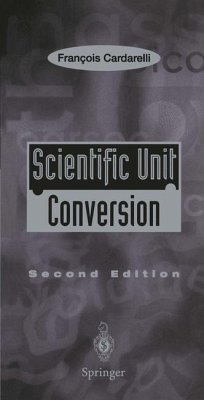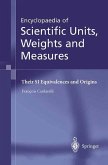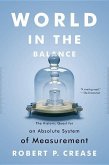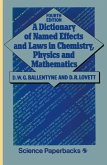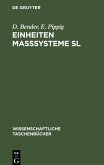Ph. D. in Chemical Engineering Postgraduate Degree in Electrochemistry M. Sc. in Physical Chemistry B. Sc. in Physical Chemistry and Nuclear Engineering in Geophysics and Geology Associate Degree Author Working Areas The successive author working areas since 1990 up to 1997 are in order: (I) Research scientist at the Laboratory of Electrochemistry (University Pierre & Marie Curie, Paris) for the development of a nuclear detector device for electrochemical experiments involving radiolabelled compounds; (2) Research scientist at the Institute of Marine Biogeochemistry (CNRS & Ecole Normale Superieure, Paris) for the environmental monitoring of heavy metals pollution by electro analytical techniques; (3) Research scientist for the production of tantalum protective-coatings for the chemical process industries by electro chemistry in molten salts; (4) Research scientist for the preparation and characterization of IrOrbased Dimensionally Stable Anodes (DSA ®, for oxy gen evolution in acidic media, used in industrial electrochemical processes (Laboratory of Electrochemical Engineering, Toulouse); (5) Consultant in Electrochemical Engineering (Toulouse); (6) Battery Product Leader (Argo Tech Productions Inc, Boucheville, Quebec, Canada). Contents List of Tables . . . . . . . . . . . . . . . . . . . . . . . . . . . . . . . . . . . . . . . . . . . . . . xiii 1 Introduction. . . . . . . . . . . . . . . . . . . . . . . . . . . . . . . . . . . . . . . . . . . . . . 1 1. 1 Why a Conversion Handbook? . . . . . . . . . . . . . . . . . . . . . . . . . . . . 1 1. 2 How to Use This Book . . . . . . . . . . . . . . . . . . . . . . . . . . . . . . . . . . 2 2 The International System of Units. . . . . . . . . . . . . . . . . . . . . . . . . . . . . 3 2. 1 History . . . . . . . . . .. . . . . . . . . . . . . . . . . . . . . . . . . . . . . . . . . . . . 3 2. 2 The General Conference on Weights and Measures . . . . . . . . . . . . 6 2. 3 Organization of the SI. . . . . . . . . . . . . . . . . . . . . . . . . . . . . . . . . . . 6 2. 3. 1 SI Base Units. . . . . . . . . . . . . . . . . . . . . . . . . . . . . . . . . . . . 7 2. 3. 2 SI Supplementary Units . . . . . . . . . . . . . . . . . . . . . . . . . . . . 9 2. 3. 3 SI Derived Units. . . . . . . . . . . . . . . . . . . . . . . . . . . . . . . . .
From the reviews:
"... A gem for engineers, scientists, historians, journalists..."
(NEW SCIENTIST)
"... This is one of the most complete lists of conversion factors I have seen ..."
(CHEMICAL ENGINEERING AND PROGRESS)
"... This is an extraordinary book ....which under a reduced volume. ... permits the conversion of any type of Measure ..."
(JOURNAL OF CELLULAR AND MOLECULAR BIOLOGY)
"... A gem for engineers, scientists, historians, journalists..."
(NEW SCIENTIST)
"... This is one of the most complete lists of conversion factors I have seen ..."
(CHEMICAL ENGINEERING AND PROGRESS)
"... This is an extraordinary book ....which under a reduced volume. ... permits the conversion of any type of Measure ..."
(JOURNAL OF CELLULAR AND MOLECULAR BIOLOGY)

